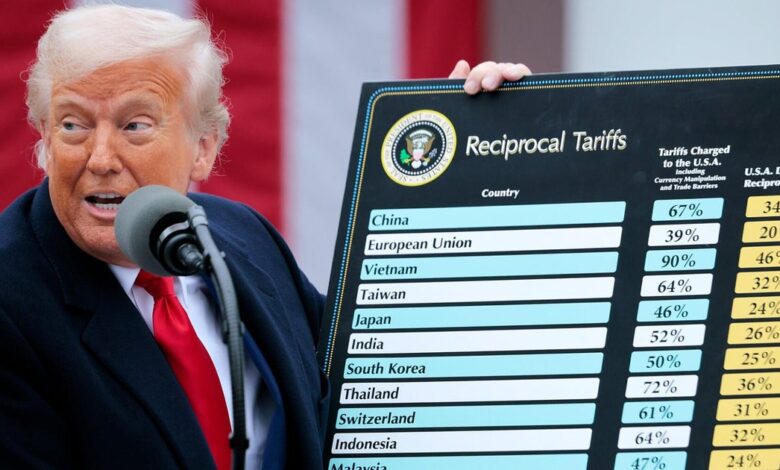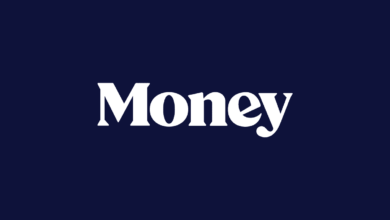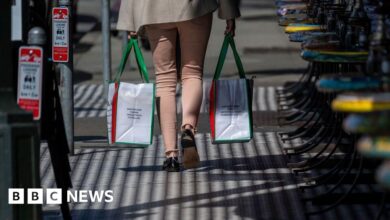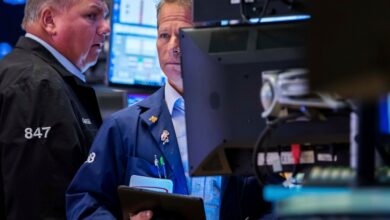U.S. economy went into reverse in the first quarter, new GDP data shows

The U.S. economy experienced a significant slowdown in the first quarter of 2025, with the gross domestic product (GDP) shrinking at a 0.3% annual rate. This decline was a stark contrast to the 2.4% growth seen in the final quarter of 2024. The primary reason for this economic deceleration was attributed to businesses stockpiling goods in anticipation of President Trump’s tariff policies.
President Trump’s administration had announced sweeping tariff policies in early April, prompting businesses to front-load their purchases in the first quarter of the year to mitigate the impact of the impending import duties. This surge in imports skewed the GDP figures for the first quarter, leading to a misleading representation of economic growth.
Despite concerns about the tariffs causing disruptions to the economy, experts believe that the second quarter could see a boost in GDP as companies reduce their imports due to the tariffs coming into effect. However, the artificial demand created by front-loading purchases in the first quarter is expected to result in a sharp decline in demand in the second quarter.
Government spending also played a role in the economic slowdown, with a 5.1% decline in this area contributing to the GDP contraction. The Department of Government Efficiency, led by Elon Musk, made significant cuts to federal agencies and workforce, further impacting economic growth.
Additionally, the anticipated slowdown in the economy for 2025 is also attributed to the impact of the tariffs, which are expected to lead to a decrease in consumer spending as companies pass on the increased costs to shoppers. The GDP growth forecast for 2025 has been revised down to 1.9% from 2.8% in 2024.
The release of the ADP employment numbers for April further highlighted the economic challenges facing the U.S. The data showed that private employers added only 62,000 jobs, significantly lower than the forecasted 134,000 jobs. This, coupled with other economic indicators, has raised concerns about the possibility of a recession.
In light of the shaky economic data, experts believe that the Federal Reserve may delay making further rate cuts and adopt a wait-and-see approach to assess the impact of the tariffs on inflation. The upcoming rate decision in May will be closely watched to gauge the central bank’s response to the evolving economic conditions.





